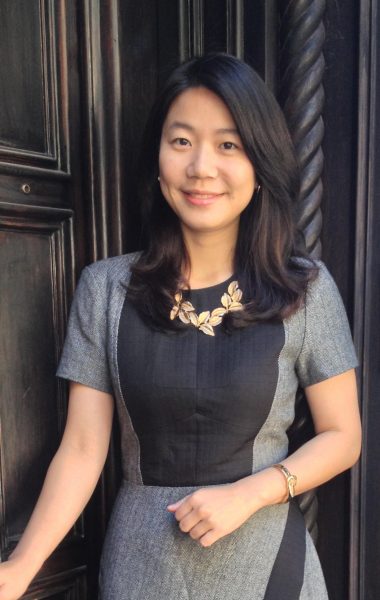
Congratulations to MA Design Studies alumna Tsai-Hsun (Maggie) Lin on the publication of her article “Redesigning Public Organizational Change with Care” in the Design Management Journal, Vol. 3, 2017. Maggie graduated from the program in 2015 and is currently building her own project, Studio Connectivity, which focuses on organization change and capability building consulting service. Currently in Taiwan, she is returning to New York this fall.
As she states in her abstract, her “article explores how design might be able to contribute to scaling and sustaining innovation in the public sector. It argues that nurturing capabilities of design in public administrators will be beneficial because they are change agents for social innovation, and they need higher contextual intelligence and communication skills to deliver efficient and effective policy outcomes. We analyze public organizational complexities and capabilities to identify different opportunities in managing large-scale organizational change. We examine existing case studies of collaboration between design communities and the public sector and identify that establishing lab-like space or pilot programs is insufficient for sustaining and scaling innovation in the public sector. We then propose that deep-level issues lie within public administrators’ mindsets and public organizational capabilities, to which redefining public personnel training and development programs would be a possible point of intervention. In the networked environment, the role of public administrators at every level is different from pure conformity; they should be cross-pollinators who have strong contextual intelligence and influence that enable all actors in the public policy network to collaborate. The vision of this research is not to turn public administrators into professional designers, but to provide different approaches for observing, making sense of, and communicating public policy narratives to address the challenges of responsiveness and adaptability in the public sector in the 21st century.”
To read the full piece, see: http://onlinelibrary.wiley.com/doi/10.1111/dmj.12026/epdf
